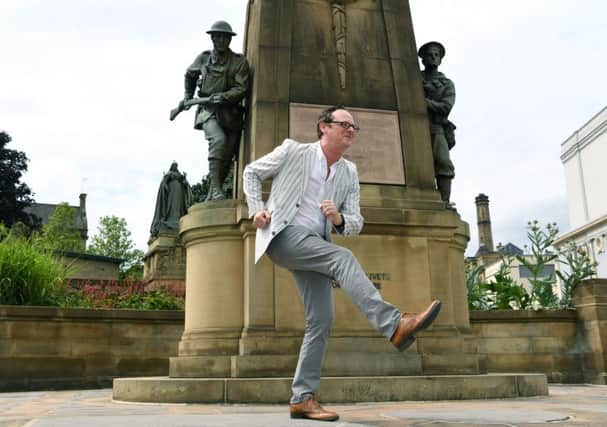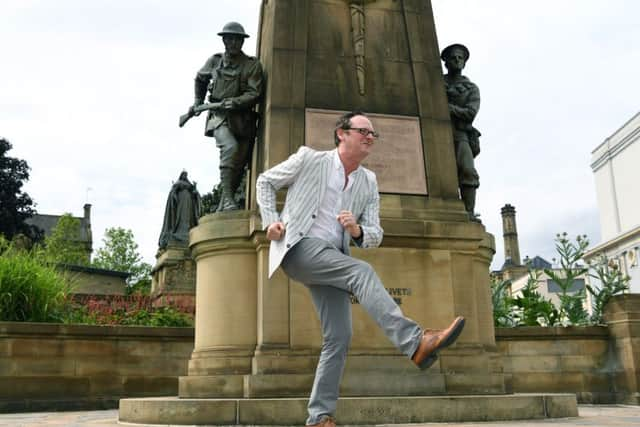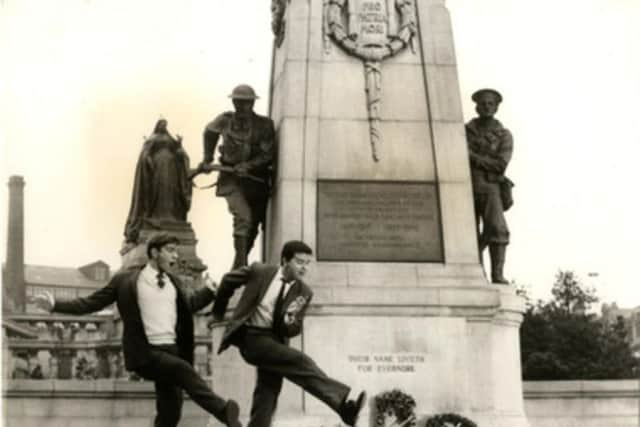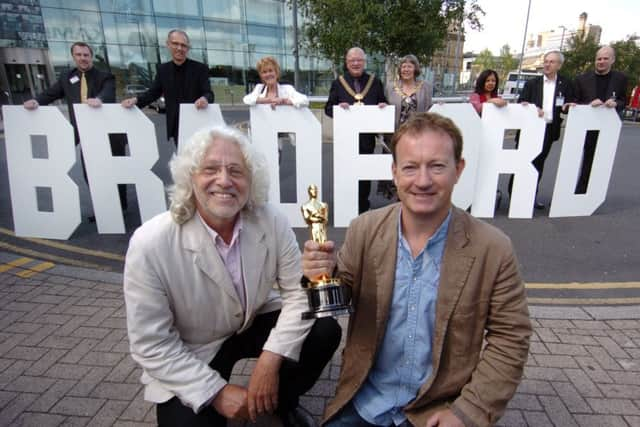No Hollywood ending after a decade of dramas in Bradford


The decision a decade ago to designate not Los Angeles or Cannes but Bradford as the world’s first city of film, made it look for a moment almost like Disneyland.
White cut-out letters, like those on the Hollywood hills, spelled out the city’s name on Victoria Square, where a century earlier the Lumière brothers had put on one of their first shows. Simon Beaufoy, the local screenwriter just back from the Oscars, brought his statuette.
Advertisement
Hide AdAdvertisement
Hide AdBut as Bradford celebrates the 10th anniversary of its big-screen status, there is a twist in the tail.


It is now just one among 12 such cities – Bristol is another – and the number is likely to double in three months’ time.
The full gamut of “creative cities” administered by Unesco, the cultural arm of the United Nations, now numbers nearly 200, across seven different disciplines.
Bradford’s tenure has seen more ups and downs than most screenplays. The international film festival it ran each spring was done away with, and the media museum that hosted it threatened with closure.
Advertisement
Hide AdAdvertisement
Hide Ad“The decision not to continue with the festival was a massive challenge – there’s no getting around it,” said David Wilson, director of Bradford Unesco City of Film.


“But we’ve got several other festivals that we’ve developed since. The Bradford Family Film Festival now runs throughout August and it’s bigger and better than ever.”
The city also has its cinematic past to fall back on – many urban dramas of the 1950s and 60s had their kitchen-sink plumbing done there. Room at The Top, X-rated for its extra-marital sex, and incomprehensible to some because of its novel Northern dialect, was filmed in the city, as was Billy Liar, in which Tom Courtenay and Rodney Bewes danced disrespectfully around the war memorial.
More recently, the upcoming political thriller, Official Secrets, used the Grade I listed, Victorian City Hall as a location, causing its stars, Keira Knightley and Matt Smith, to rub shoulders with the councillors who meet in its chamber.
Advertisement
Hide AdAdvertisement
Hide AdThe district also believes it has a future in cashing in on China’s fascination with Jane Eyre.


“They are obsessed with the story but they know nothing about Charlotte Brontë,” Mr Wilson said. “If we can get film and TV content around our cultural assets like that, the only problem they’ll have in Haworth is finding enough hotel space for all the tourists.”
Bradford gets no money from Unesco, which confers creative city status only as badges of honour. York is the one other centre in Yorkshire to have it, for its specialism in media arts.
There is a summer-long programme of events to mark the Bradford anniversary, but the focus is on community, and the glitz of the 2009 launch is absent.
Advertisement
Hide AdAdvertisement
Hide Ad“The whole point about creative cities is to drive their development using culture and creativity,” said Mr Wilson, who has been running the Bradford Film Office since 2011.
“Unesco predicts that by 2050, 70 per cent of the world’s population will live in cities. They are trying to harness the culture and creativity that exists in them, to make people’s lives better – starting with primary education.”
The organisation’s decision to invite perhaps 100 more cities to join its creative network – with around 12 likely to be in film – may be a mixed blessing for Bradford, Mr Wilson admitted.
“It was always a concern that the network was growing too big, too quickly. Would it really still be special if every other city was a film city? It remains to be seen whether it will dilute the brand.
Advertisement
Hide AdAdvertisement
Hide Ad“It’s quite daunting that there could potentially be another 100 cities in the network. But for Bradford, where we pioneered a lot of this, it also means that people will want to come and listen to what we have to say.”